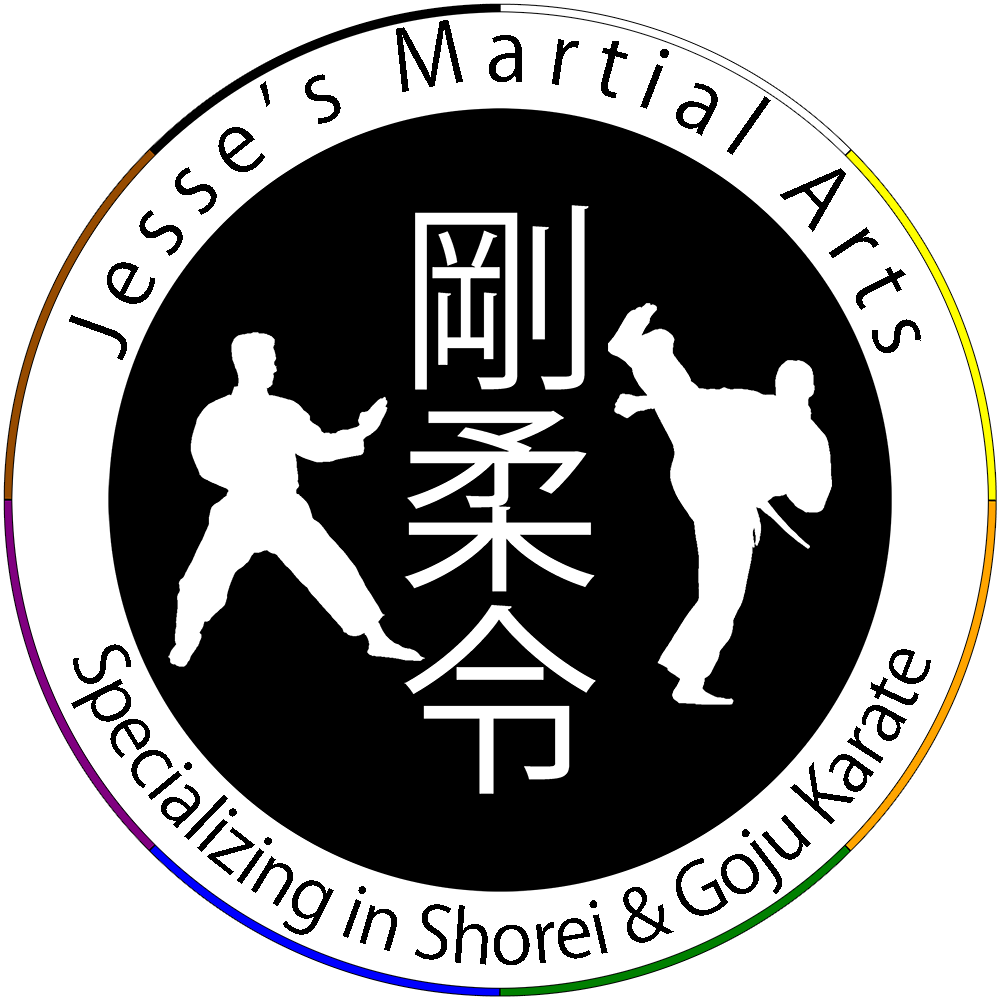Karate forms, also known as kata, are not just choreographed routines but intricate sequences of movements that hold the essence of traditional martial arts. Each form is carefully designed to encompass a variety of techniques, from strikes and blocks to stances and footwork. By practicing these prearranged sequences repetitively, practitioners can perfect their movements and internalize the essence of each technique.
One fascinating aspect of karate forms is their ability to serve as a bridge between the past and present in martial arts practice. While these forms have been passed down through generations with little alteration, they continue to evolve as new interpretations and applications emerge. This dynamic nature allows practitioners to delve deeper into the art’s philosophy while adapting techniques to modern combat scenarios.
The beauty of karate forms lies in their ability to transcend mere physical movement and embody a profound connection between mind, body, and spirit. Through consistent practice of kata, practitioners not only develop muscle memory but also cultivate discipline, focus, and resilience. As one delves into the nuances of each form, they uncover layers of meaning that reflect the rich history and tradition of karate while offering timeless lessons for personal growth and self-mastery.

